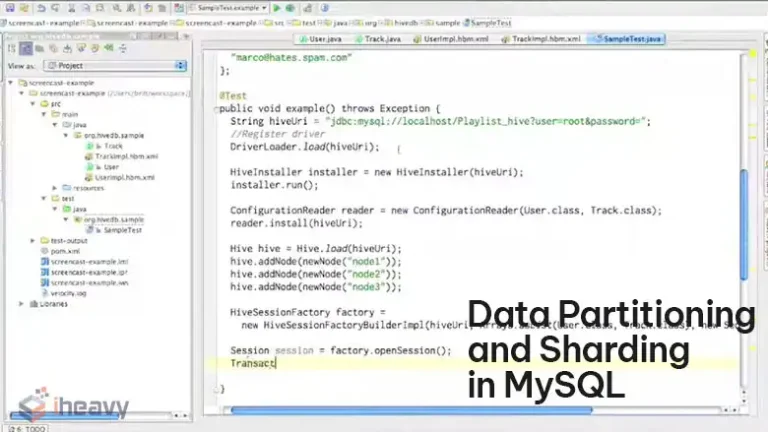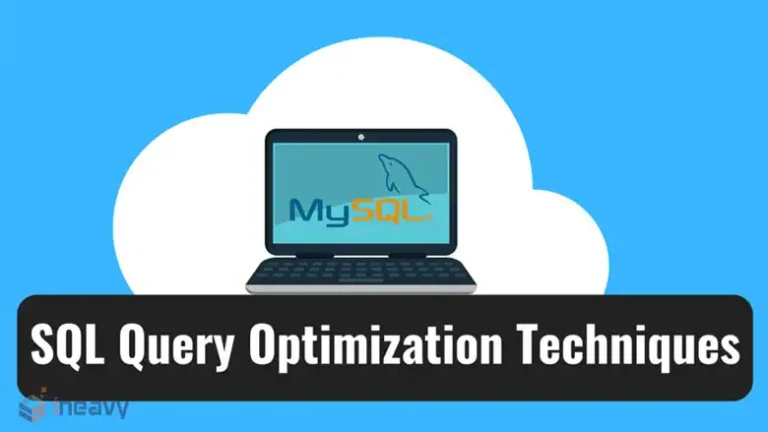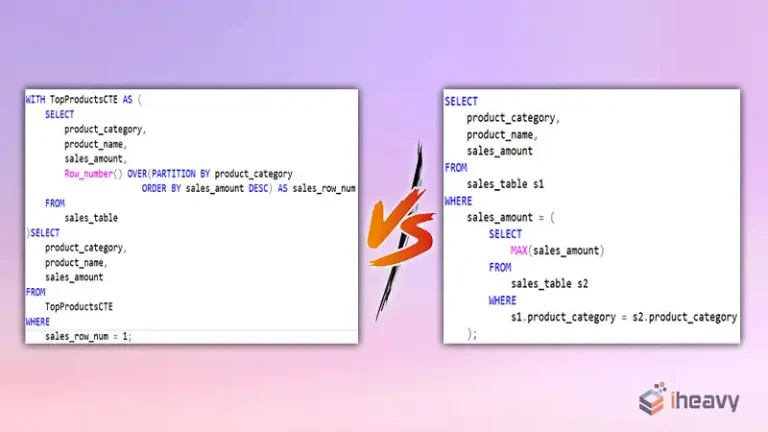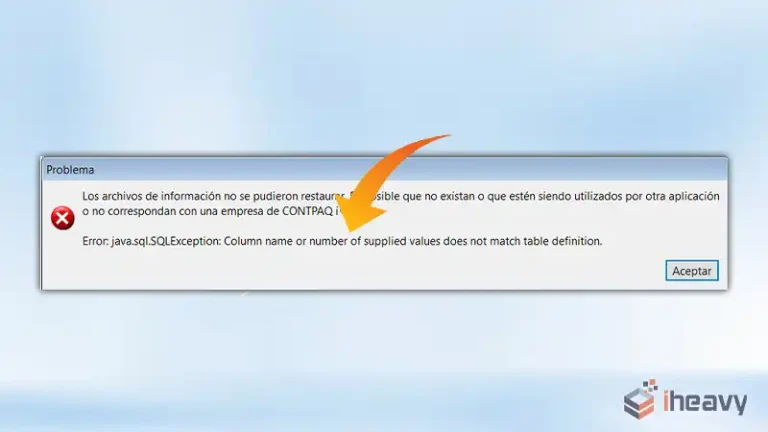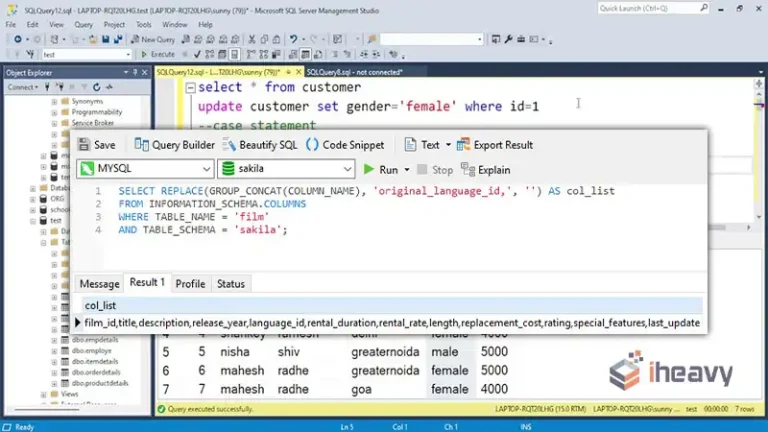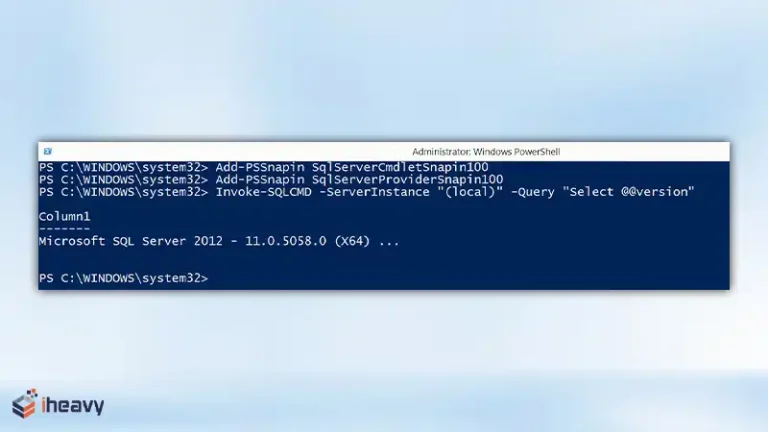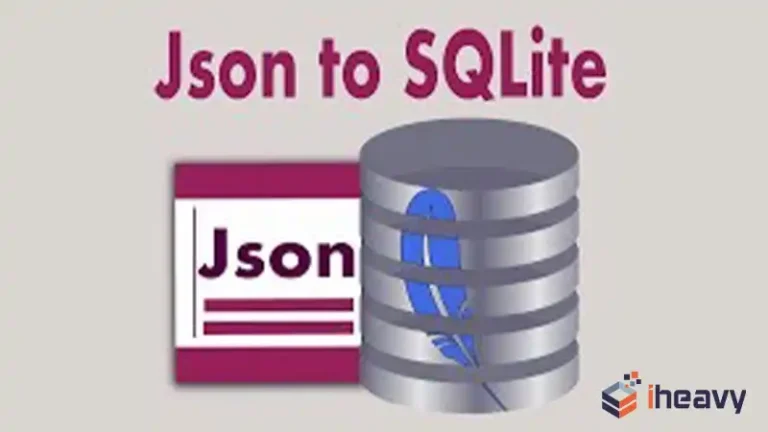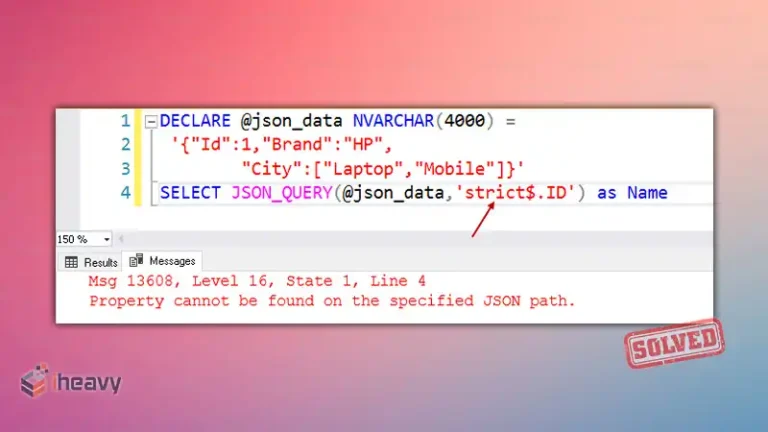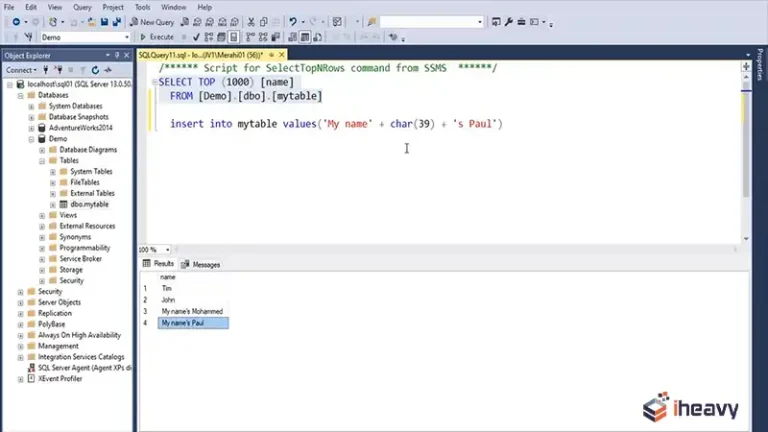Data Partitioning and Sharding in MySQL
As databases grow in size and complexity, managing data efficiently becomes crucial. Two common strategies used to enhance database performance and scalability are data partitioning and sharding. While they might seem similar, they serve different purposes and are implemented in distinct ways. This article analyzes the concepts of data partitioning and sharding in MySQL, explaining…

